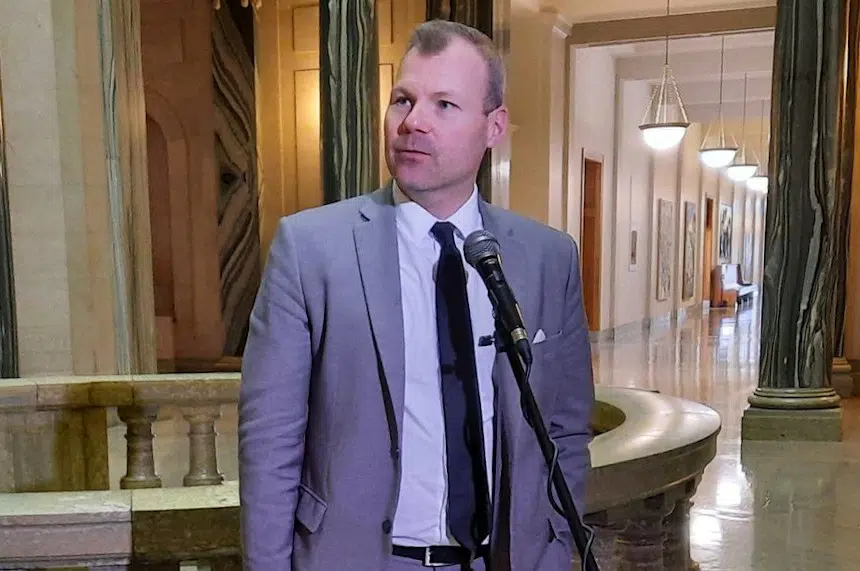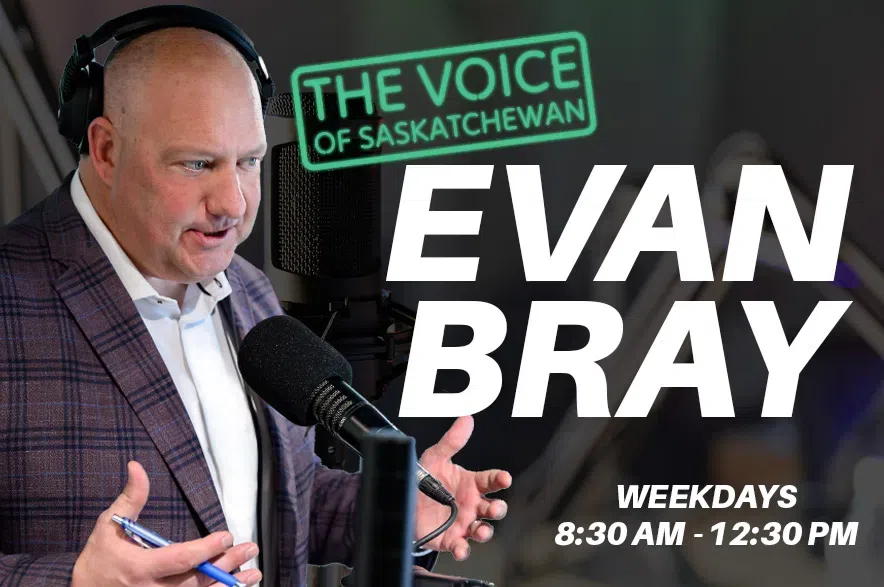Saskatchewan school divisions say they will be facing deficits as they prepare their budgets for the 2022-23 school year, despite support from the province.
Diane Boyko, chair for Greater Saskatoon Catholic Schools, said the division will be around $2 million short this year after a 1.5 per cent increase in funding for the division.
She said that’s going to mean the division will be making some tough decisions that could mean an erosion of services to students, though it hopes to keep cuts away from the classroom.
“We’re committed to providing the best education we can,” Boyko said. “But I think our public needs to understand that we are receiving less monies for doing more that’s expected of us.”
She said all sorts of things are now “off the table” when it comes to getting support from the government. Things like transportation and utilities are standard costs, which can cost more than $800,000 alone.
“We’re having to take a hard look at the services we provide and how we can provide them in the best way possible,” Boyko said.
Education Minister Dustin Duncan acknowledged making a budget is a difficult task for school divisions.
He said he hasn’t spoken with school divisions since budget day, but said he anticipates discussions with school boards in the coming weeks leading up to the presentation of school budgets to the ministry at the end of June.
“We’ll see what, ultimately, they make decisions around in terms of services that they’re able to provide and what that looks like,” Duncan said.
He said considerations like teachers who are at the top of their pay grades retiring and being replaced by teachers earning less will help provide some budget room for school divisions.
He noted a relatively small portion of their budget will be impacted by fuel costs, meaning a small impact felt for schools by a cost that continues to increase.
However, Duncan said the province is watching those prices and what the impact felt by schools will be.
Though schools are concerned about their budgets and funding, Duncan said schools have access to about $400 million in reserve funding for the 27 divisions, including about $140 million of unrestricted reserves.
Duncan said school divisions will look at what they have to do to manage their budgets, which may include drawing on those reserve funds.
The most significant costs facing school divisions and their budgeting, he noted, are employment — which makes up about 50 per cent of costs — and enrolment.
About 1,300 more students are expected to enrol across the province this year, including students who didn’t enrol in kindergarten because of the pandemic.
These students, he said, were accounted for in previous budgets, and that money was not taken away from school divisions when those students did not enrol as expected. Duncan estimated those dollars equated to an additional $9 million for divisions.
“Certainly, I’m taking their concerns very seriously,” Duncan said, promising the province would look at the decisions school divisions make in their budgets. “Understand that … building a budget isn’t easy.”
Opposition weighs in
NDP Education Critic Matt Love called the situation facing school divisions “really disappointing.”
He said school divisions are only anticipating more bad news as they prepare to crunch the numbers on their upcoming budgets, and the small increase in funding they’re supposed to see “won’t come anywhere close to dealing with the increased costs.” Many of those, Love pointed out, are out of divisions’ control.
In fact, Love said funding increases will barely cover the two per cent increase in teacher’s salaries.
The NDP education critic said the government isn’t considering the incremental wage increases in pay for teachers — about $2.3 million in Saskatoon Public Schools alone.
Further, Love said a sizable increase in fuel and natural gas and increased enrolment in schools will add to the financial pressures facing schools.
“The supports that our students need simply won’t be there,” Love said, adding he thinks Duncan is “kicking the can down the road a little bit” to avoid the backlash coming over the education portion of the budget.
“This is year after year after year of divisions being stuck making really challenging decisions.”











